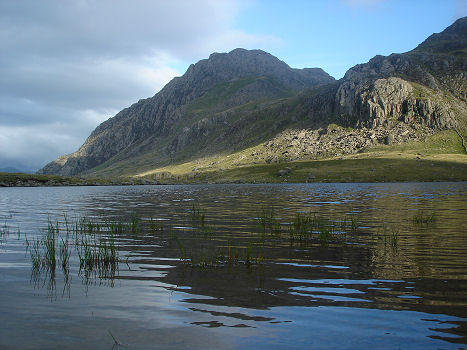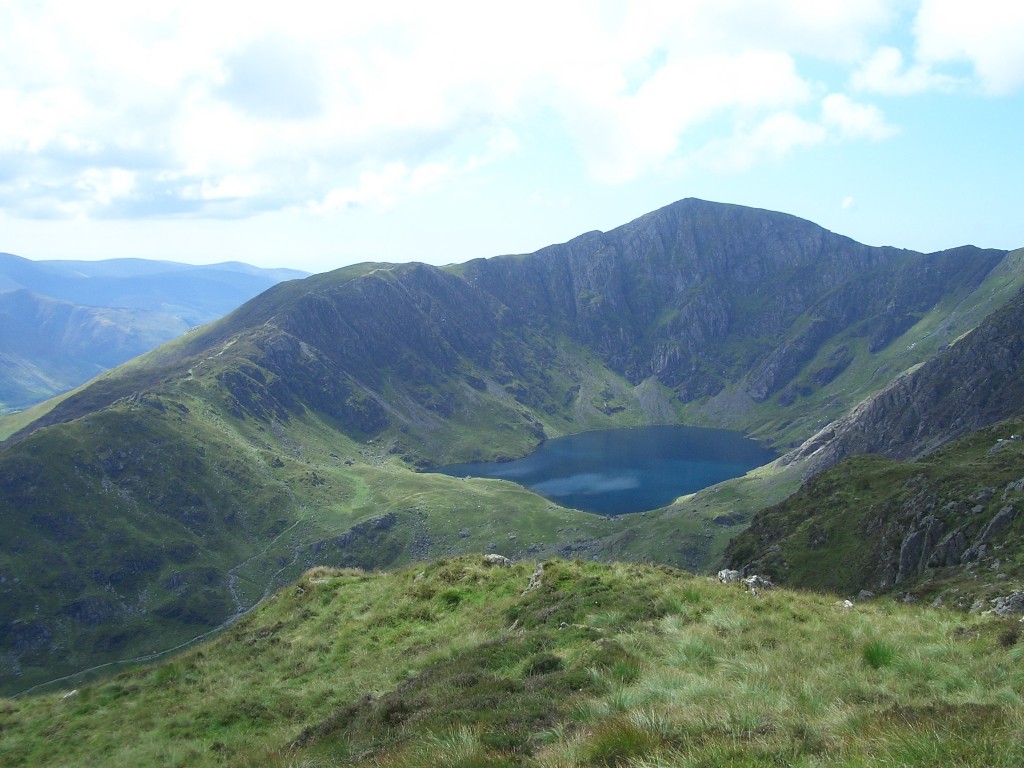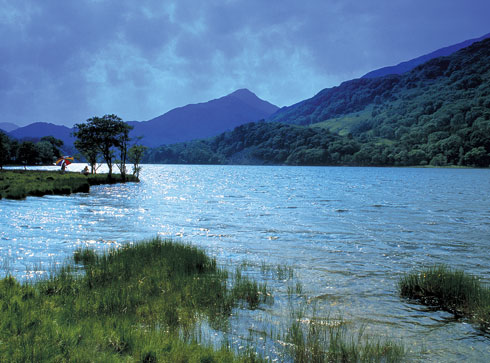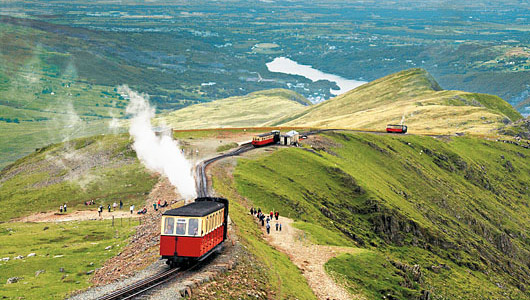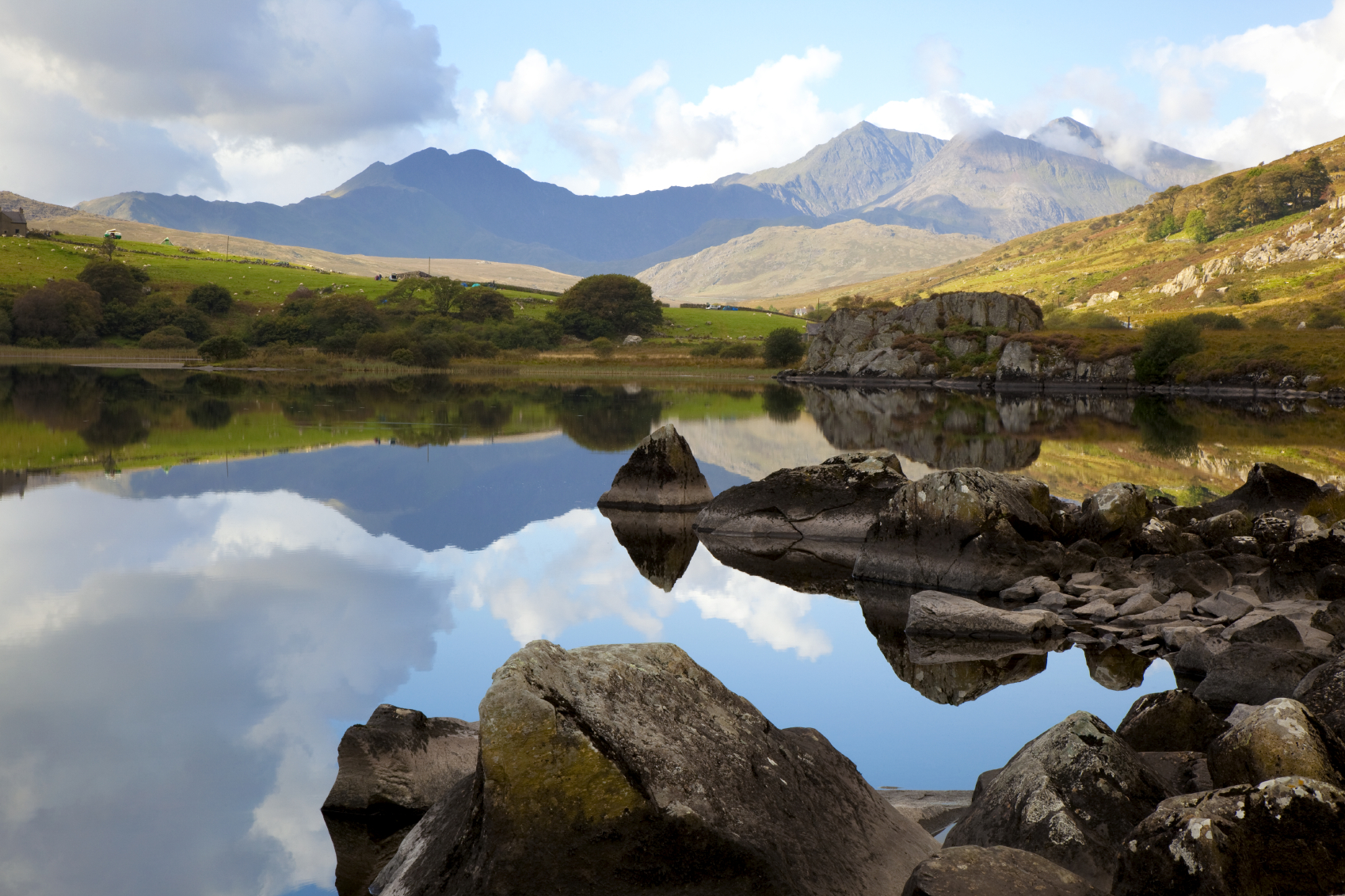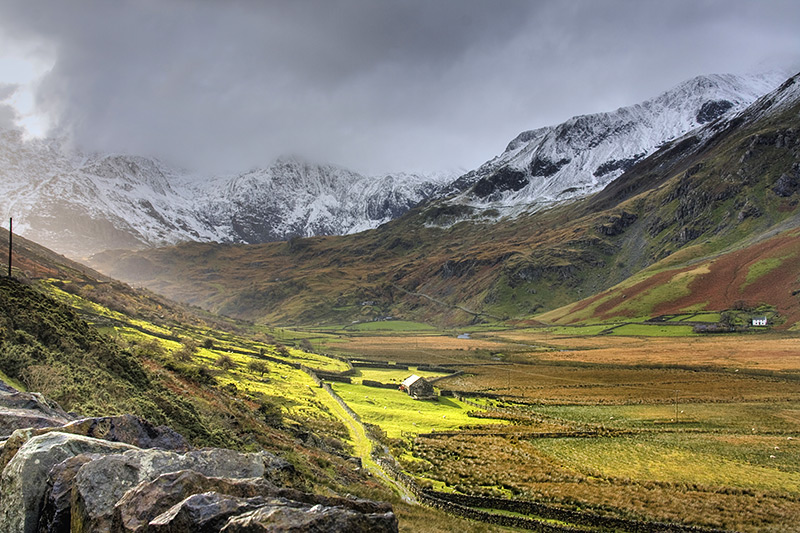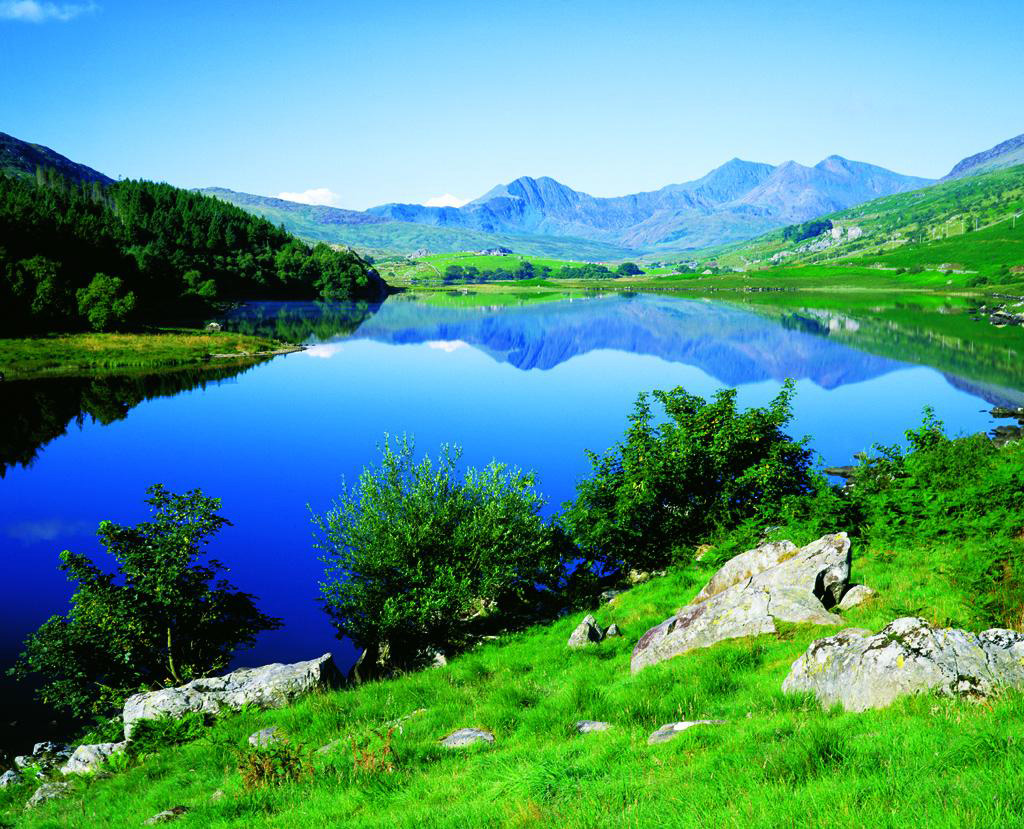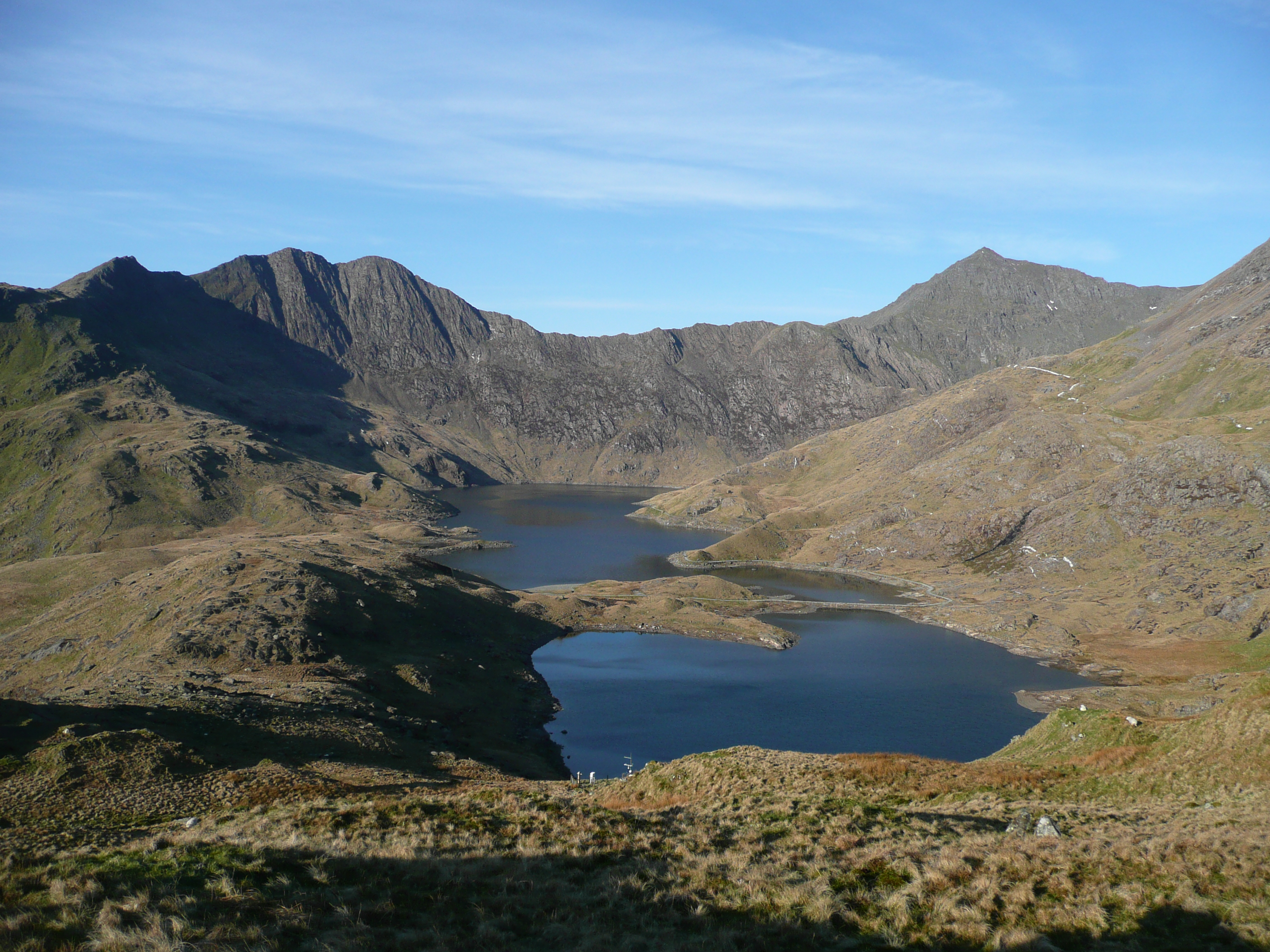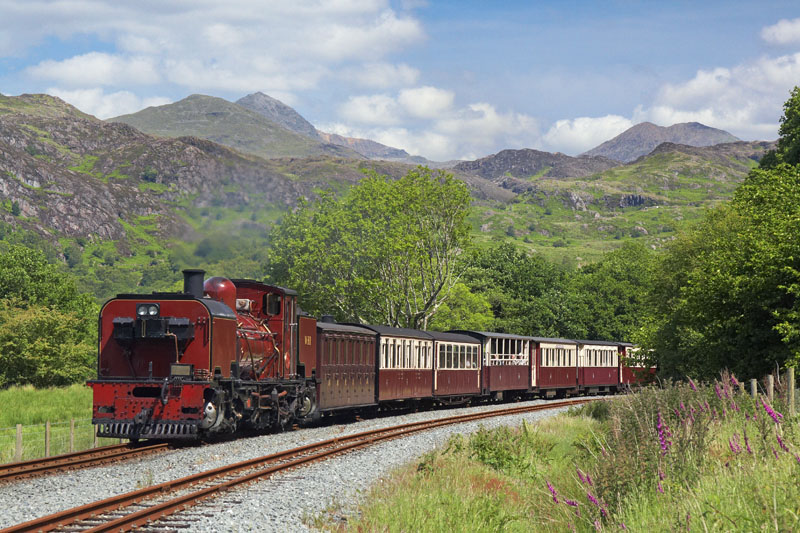Snowdonia is an area of 823sq. miles containing a national park and a 37 miles coastline located in the North Wales which is divided into four areas namely the northernmost area, region inclusive of peaks of Moel siabod, Moelwynion and the mountains of Blaenau Ffestiniog, the third region including Rhinogydd, Arenig, Migneint and Rhobell Fawr and the last division is its southernmost area which comprises of Aran group, Aran Fawdddwy, Cadair Idris, the The Dyfi hills and Tarren Range. Among all the four divisions, the northernmost area is full of tourists making the National park the third most visited one in England particularly in Wales. It was established as the first National Park in Wales and the third National Park in Britain in the year 1951. Surprisingly, Snowdonia has a hole in the center near Blaenau Ffestiniog which is a slate mining hub. Majority of its area is plain and mountainous with a remarkable amount of agricultural activities. The Park is administered by the Snowdonia National Park Authority consisting of 18 members from both public and private lands according to UK and European law. Snowdonia covers 1479 miles of communal paths, 164 miles of public walkways and 46 miles of farther communal rights of paths. In English, the word Snowdonia means the highest mountain in Wales and in Welsh, it refers to a small area. But in reality, it covers a huge area. The park is a home to 26,000 people and numerous natural deciduous and coniferous forests and rare mammals. The most commonly found trees here are Welsh Oak, Hazel and Gwydir Forest. Among the mammals, otter, polecats and feral goat are generally present in the park along with some species of birds like raven, peregrine, osprey, merlin, red kite and rainbow beetle. Snowdon lily, Artic-alpine and Hieracium snowdoniense are among the species which are only here in the whole world. Snowdonia is considered as the wettest spot in the British Isles with an annual rainfall of 4,473mm because it comprises of three RAMSAR sites which are the Dyfi Estuary Biosphere Reserve, Cwm Idwal and Llyn Tegid. The entire coastline of the Snowdonia National park belongs to the Special Area of Conservation running from the Llyn Peninsula. Growth of Rhododendron Pontium has become a serious issue for the park.
Photos Of Snowdonia National Park

